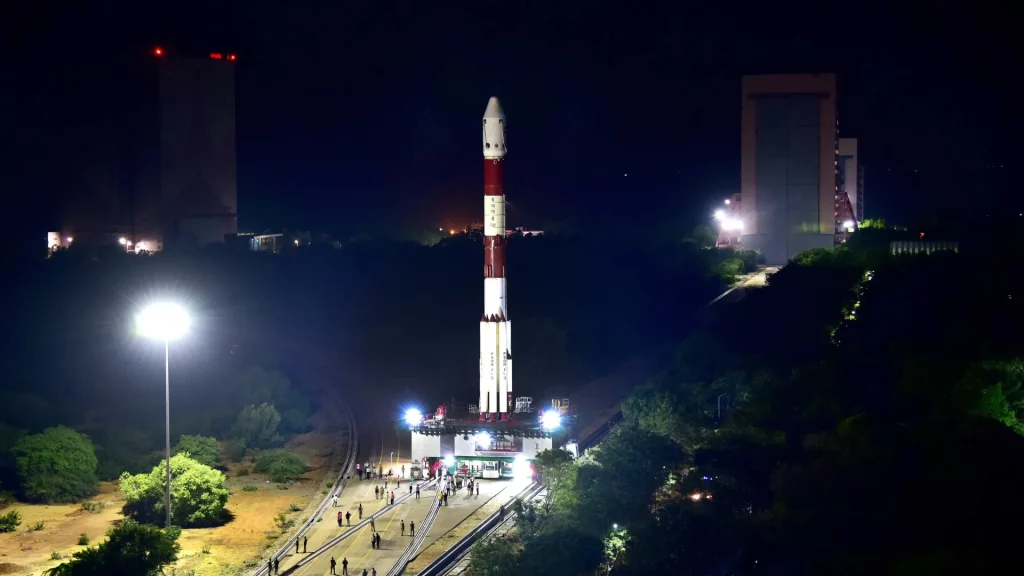Aditya-L1 is continuing its journey on the 320-tonne PSLV XL rocket, designed by the ISRO
After a week of creating history with Chandrayaan by landing on the moon, ISRO launched Aditya-L1, a rocket to study the sun. The Aditya-L1 carries scientific instruments to observe the sun’s outermost layers. The rocket was launched at 6.20 GMT on Saturday. Aditya-L1 takes a four-month journey to achieve its mission. The rocket launch was broadcast live on the Indian Space Research Organisation (ISRO)’s website. Thousands gathered near the launch site to see the lift-off of the probe. The goal of the mission is to study the solar winds that have the potential to cause disturbance on Earth, which is commonly seen as auroras.
Aditya L1
Aditya-L1 is carrying seven scientific payloads for the structured study of the sun. These were developed in collaboration between scientific institutions and the Indian Space Research Organisation. The European Space Agency and the United States have sent several probes into the center of the solar system. This began with NASA’s program in the 1960’s. If Aditya L1 by ISRO is successful, then it would be the first probe by any Asian country to reach the sun’s orbit. The rocket is named after the Hindi word for sun.
The launch of the rocket was followed by a massive success, overtaking Russia’s Luna-25, Chandrayaan-3 had a textbook landing and became the first country to land on the south pole of the moon. Aditya-L1 is continuing its journey on the 320-tonne PSLV XL rocket, designed by the ISRO. The rocket has been a significant component of the Indian space program and has powered earlier missions to Mars and the moon.
The spacecraft is equipped to travel almost 930,000 miles over the course of four months. The spacecraft is intended to reach a kind of parking lot in space where objects tend to stay put because of the balancing gravitational forces, which result in the reduction of fuel consumption for the spacecraft. These spots where the objects tend to stay put are called Lagrange Points and it was named after Italian-French Mathematician Joseph-Louis Lagrange.
Somak Raychaudhury, who was involved in the development of components of the observatory mentioned that the current mission had the capability to make significant advancements in science, reports Al Jazeera. Mr. Raychaudhury also highlighted that the energy particles emitted by the sun can hit the satellites which could control the communications on Earth. There were also instances where major communications were affected because a satellite had been hit by large corona emissions. “Satellites in low earth orbit are the main focus of global private players, which makes the Aditya L1 mission a very important project,” added Somak Raychaudhury.
India’s successful landing of the Chandrayaan on the moon after the US, China, and Russia was praised by the world for its cost-effective yet highly victorious conduit. Chandrayaan-3 was achieved at a cost of less than $77 million. India has been working on matching the achievements of the superpower nations at a fragment of their cost. Well, this is not the first India has created history with its spacefaring adventures. In 2014, India became the first Asian country to orbit around Mars. the country is also planning to launch a three-day mission with crew members into the Earth’s orbit next year.
